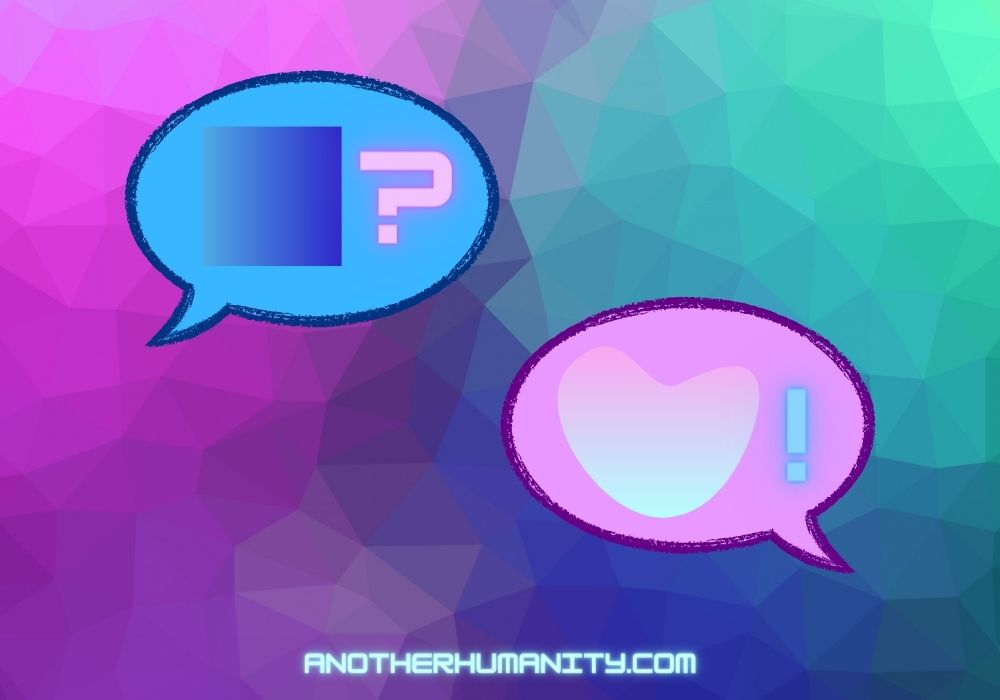
Mimic Life
- Outside – Observe
- How do other characters behave?
- How do they use their hands?
- Do they tap their fingers?
- Do they fidget?
- Does their chin protrude?
- Do they speak in 3s?
- Look for answers.
- Ask Questions.
- Inside – Play
- The Simplest way to design Dialogues is to play them.
- Who is here?
- Who are you interacting with?
- What are they doing?
- What are they looking at?
- What do you tell them?
- What do they respond?
- How do they respond?
- What’s their goal?
- Will you interact with someone else?
- Will you continue with this character?
- Interrogate your Characters.
Roles
- Roles display Diversity.
- Roles define your characters reaction in a due situation.
- Roles refine your writing by limiting you to specific phrases.
- Here are the most common roles you can use:
- Leader
- Rival
- Solver
- Protector
- Sponsor
- Supplier
- Advisor
- Arbiter
- Enticer
- Soul
| Roles | Does | Doesn’t | Strength | Weakness | Goal |
| Leader | Orient | Doubt | Devoted | Sacrificial | Achievement |
| Rival | Catalyze | Inhibit | Relentless | Reckless | Change |
| Solver | Search | (only searches) | Focused | Covert | Process |
| Protector | Stand | Falter | Endurant | Rough | Security |
| Sponsor | Secure | Wait | Resilient | N/A | Legacy |
| Supplier | Funnel | Waste | Reliable | Slanting | Safety |
| Advisor | Proposes | Antagonize | Empathetic | Attached | Satisfaction |
| Arbiter | Deal | Waver | Equitable | Detached | Closure |
| Enticer | Motivate | Dwell | Enthusiastic | Fervid | Discover |
| Soul | Observe | Discriminate | Immersed | Entranced | Experience |
Conflicts, Positions & Behavior
- Create a Diversity of situation.
- Multiple conflicts.
- As many conflicts as you can.
- Conflicts are experiences in which you’ll study your Characters reactions.
- Reactions.
- Test multiple reactions for the same character.
- Test the same reaction for multiple characters.
- How do different characters express anger?
- How do they express sadness?
- How do they express joy?
- How do they express fear?
- How do they express disgust?
- How do they express excitement?
- Some Typical Crisis:
- Job Loss
- Separation
- Illness
- Infertility
- Death
- Catastrophe/Disaster
- What’s the character’s Behavior?
- Judgmental
- Rebellious
- Defeated
- Jaded
- Obsequious
- Adversarial
- Shunning
- Compromising
- Adamant
- Supportive
- What’s the character’s Reaction?
- Shock
- Denial
- Anger & Bargaining
- Sadness
- Acceptance
- Rebuilt
Quirks
- Use Language Levels to characterize.
- Formal.
- Informal.
- Casual.
- Vulgar.
- Create a dialogue between 4 characters.
- Each of them using a different Language Level.
- Observe the contrast.
- Reiterate with other dimensions.
- Habits & Manners.
- Habits define your character’s progression.
- Habits define the role, the archetype & the goals of the character
- Habits are long-term & rigid
- Manners allow you to introduce your character easily.
- Manners define the role, the class & the beliefs of the character
- Manners are short-term & flexible
- Use Verbal quirks to punctuate critical scenes.
- Make sure your characters have sayings for ‘Comfort’ scenes & others for ‘Crisis’ scenes to enhance story readability.
- Volume, Pace & Accents allow you to create multiple voices.
- One Liners & Sayings define scenes.
- Rituals & Ceremonies prepare the Public for a critical scene.
- Abilities allow you to define the character’s role in the Story & in the Team.
- Offensive abilities define Advancing characters.
- Defensive abilities define Support/Consolidating characters.
Obsessions & Exaggeration
- Obsessions through Words.
- Give each Character 3 Specific Expressions/Phrases.
- Words only them use.
- Because they are the only ones who know them.
- Because they are the only ones who are interested by them.
- Symbolism & Metaphors.
- Give each Character 1 Specific Accessories.
- Characters are Symbols.
- Characters are Metaphor.
- They Support a Vision.
- How do you display it through dialogues?
- The Obsession
- Is the Character obsessed by a Person?
- Is she obsessed by an Object?
- Is she obsessed by a Concept?
- What’s her goal?
- How do you display her Goal through dialogues?
The Unspoken & The Environment
- Olga giggles.
- Marvin’s panting.
- Karin’s fidgeting.
- Scott holds his breath.
- Wanda moans.
- Aria:”Delighted to be here, on this fine evening. As surely, we all are.”
- Distance, position & Relationships
- Are the Characters facing each other?
- Are the Characters next to each other?
- Are the Characters in the same room?
- Are the Characters around the same table?
- Are they close/distant?
- Are they looking to get closer/more distant?
- Do they hide a certain part of their body?
- The Environment is a Character.
- The Environment creates Context.
- Context conditions Characters reaction.
- What are the characters not saying?
- Why can’t they say it?
- Are they constrained?
- Are they threatened?
- What would they say instead?
- You want to help a friend.
- But you don’t know how to do it.
- What can you do?
- R:”Your hair looks down.”
- G:”That’s your fault.”
- R:”It may be right. But how?”
- G:”Just Because.”
- R:”You’ve seen her again.”
- G:”Not as much as you think.”
- R:”It looks like it turned you down.”
- G:”Just like you. You never watch me…”
- R:”…”
- G:”…down there.”
Your 10 Favorite Movies
- What are your 10 favorite movies?
- Try to pick at least 1 per genre
- Copy the opening scene & the epilogue
- Look for Repetition
- What are the most repeated words?
- What are the words that appear only once?
- Look for Symmetry
- Look for Parallelism
- Look for Echoes
- Look for other Stylistic figures using word symmetry
- Character Specific
- What Words/Sentences are pronounced only by 1 character?
- What Words/Sentences are used by every character?
- Do the Characters bear specific Accessories?
- Do they have other Quirks?
- Context & Perspective
- When do characters adopt a behavior?
- Which behavior?
- To which degree/intensity?
